The basic principle/engineering appears sound and seems to work exceedingly well. I haven’t seen any real performance tech specs, but they must be quite efficient. Running a 10/1 diesel/WMO ratio, not a hint of smoke was seen. I’d like 4/1, so we’ll see how it goes. They claim it will run almost a day on a gallon of fuel at moderate settings. That seems to align with the consumption rate I’m seeing initially. There were a couple of extra reasons* for how long I took to put this one together. The main issue I saw was some of the cheesy components included in this particular kit. Tell me how anyone is using this clamp for anything except scamming their customers. Controllers are an issue, and probably the only real shopping point differentiating them as far as I can tell. Most if not all of the accessory materials in the kit are inferior quality. They’re certainly not going to supply pro-grade residential install parts, so perhaps that’s where it translates to the cheap *Chinese diesel heater product category (Webasto knockoff).
It took awhile to gather and fab parts. The fuel line connections seemed iffy, to me. A nylon tube stuck in a rubber tube held with a clamp might work for awhile, so we’ll see how it goes. The air intake tubes are what came with a Fluval FX40 fish filter. That needed upgraded for the aquarium, so it was on-hand and just the right size for a Webasto intake. Exhaust was cobbed up in a few hours of welding from a scrapped desk frame and some steel conduit. The long side is about ten feet overall length, with both intake and exhaust a mm or 2 larger in diameter and thicker gauge than the supplied tin-foil-thin parts. It runs up to around 500° at the port, so I put a 90° bend outside pointing it toward the corner to protect the bushes. A couple pieces of 3/4″ plywood with appropriate holes guide things through the wall ducts.
Fuel and electrical is straightforward: batteries, and related bits plus a tank, tubing and fittings. They include a 10L tank I deemed insufficient for this application. Five gallons and gravity feed with a proper filter makes the fuel supply fairly bulletproof and good for at least a couple days before needing re-filled. Even the fuel petcock I got from a different (Chinese) Amazon source leaked. I am so done with China. Good batteries are the most expensive pieces, by far. There’s room for 4 or 5 of them behind the TV without the CO2 tank there, so I’ll need to do some runtime tests. The cool part was how the whole system integrated more-or-less seamlessly and hidden from view, customized for what we had to work with around that corner. of the house. The bedroom bay window provided a convenient outside place to hang the fuel tank sheltered from sun and rain, hidden behind lilac bushes.
Pumps are noisy and the exhaust makes a wooshing sound like a vacuum cleaner, so the supplied mufflers are probably not useful for much except restricting flow. The heat shields and ceramic insulation was probably overkill, but I didn’t know how hot they ran until after it was in and running. The supplied so-called air filter components will have to suffice temporarily, until proper units arrive. They were ordered two months ago. The vendor says supply chain bottleneck is slowing their pipeline. That could ostensibly be the other reason* held against the schedule. Fortunately I managed to fabricate the most important parts from stuff already on-hand. The extra cooling fans circulating warm air down from the cubby holes are probably unnecessary, but with a 400°f steel tube running through there it does get warm and adds a bit more warm air circulation.
It’s not gonna keep the basement toasty in sub-zero temps. But piggybacked on available APC UPS units, should have enough electrons stored to keep it livable and the aquariums liquid though an extended cold weather electrical outage. I’ll put a solar panel up on the shed to charge the batteries at some point. That battery bank will eventually grow to become integrated with the panels already on the house. Our grid’s winterized, but that’s not the only threat to it. We’re passing on some of what happened in Texas last year. Enough batteries, and we’ll eventually pass on the grid altogether.
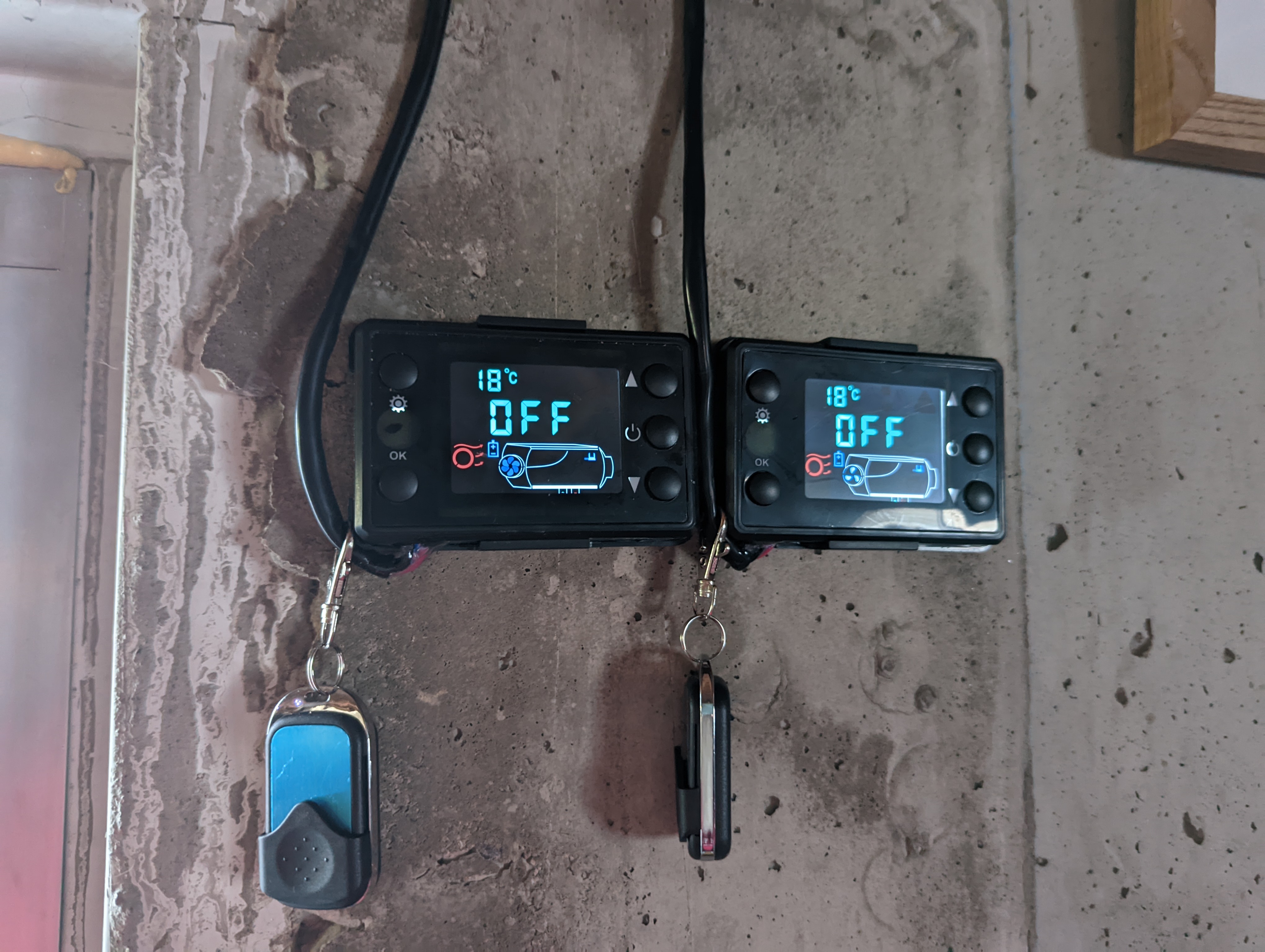
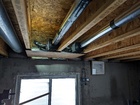 |  | 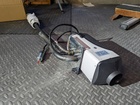 |
 | 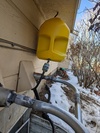 | 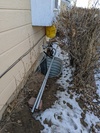 |
 | 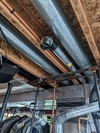 | 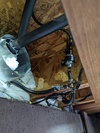 |
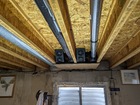 | 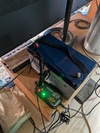 | 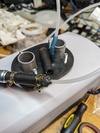 |
 | 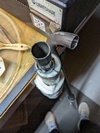 | 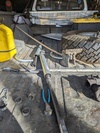 |
